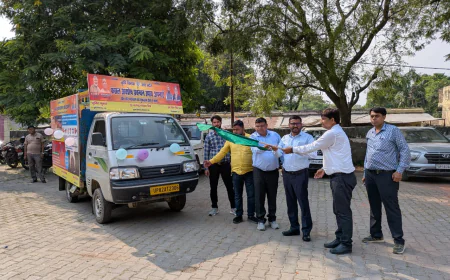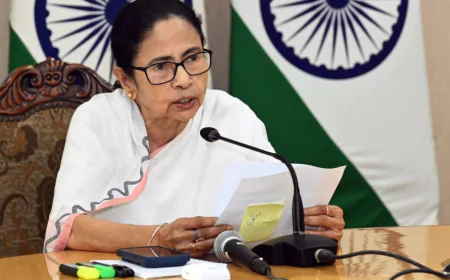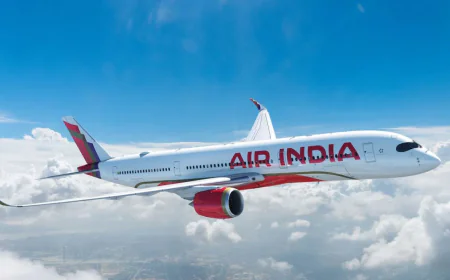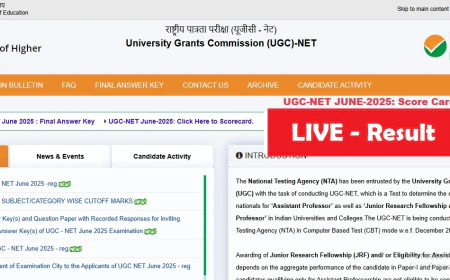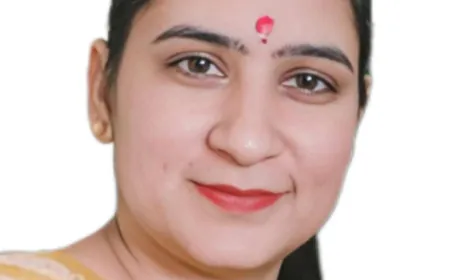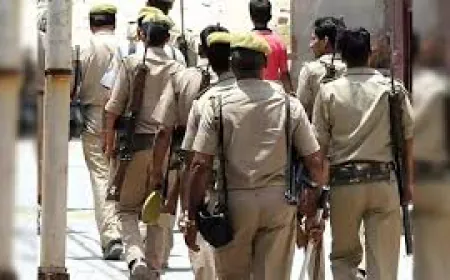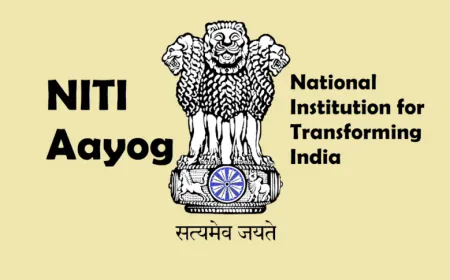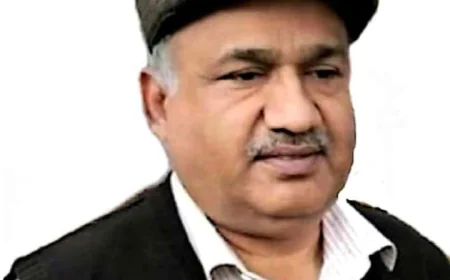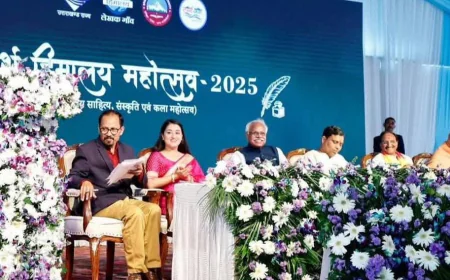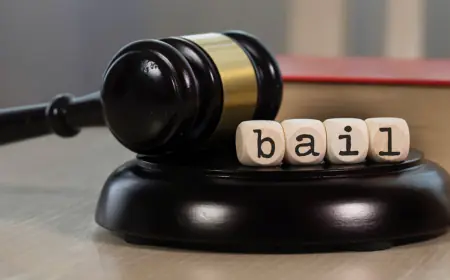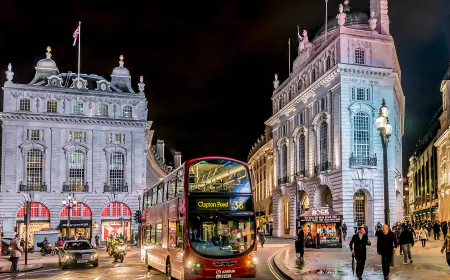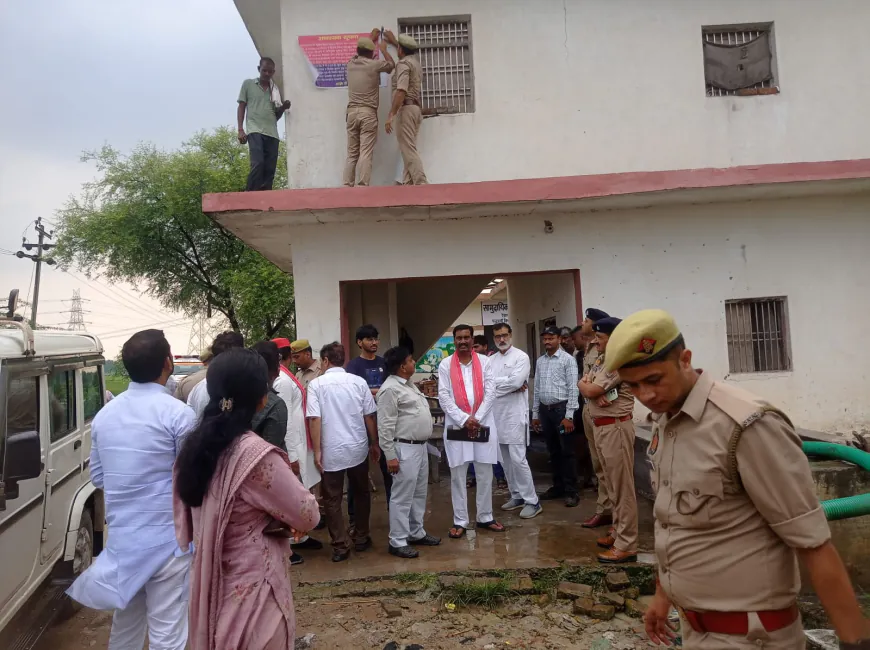Indian Railways wins the race of women's empowerment.
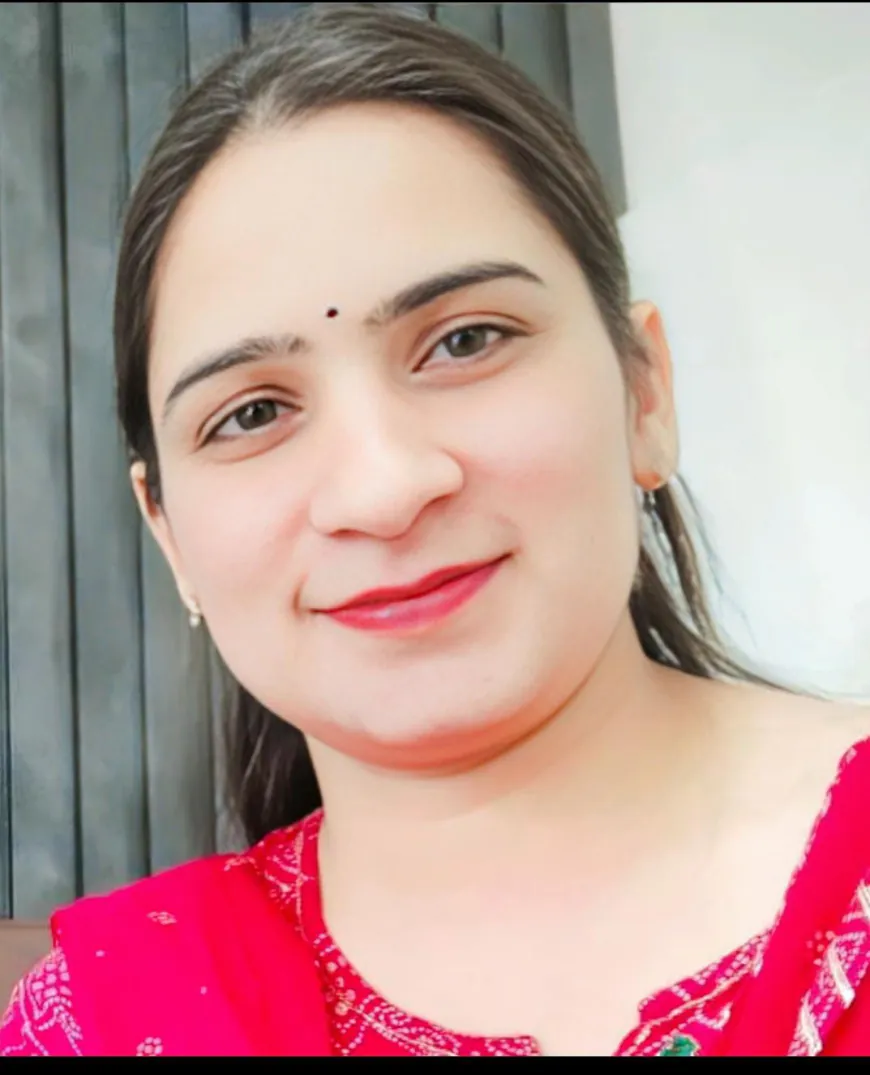
Indian Railways wins the race of women's empowerment.
(Need to recognize the "First Ladies" who broke the male bastion.) Women are in the driver's seat in the Railway Board for the first time with the latest round of appointments approved by the Cabinet. Breaking the glass ceiling, the Railway Board, already headed by a woman, now has a woman member in charge of operations and business development and another woman member of the same rank who looks after finance as Finance Member. In another way to inspire women's empowerment, Indian Railways started dedicating an entire train and railway station to women. Maninagar Railway Station (Gujarat) and Matunga Road Station (Mumbai, Maharashtra) are managed by women staff. Ajni Railway Station, located in Nagpur, Maharashtra, has women track maintainers working to clean, detect track faults, and repair them.
● Priyanka Saurabh
Women's empowerment is perhaps the most defining movement since the 20th century. We hear inspiring stories of women who have made their mark in male-dominated roles, such as in public life and government, as captains of industry, and in sports. Today women are leaders in every walk of life, and their numbers are increasing with each passing year, and yet only 6-7% of the Indian Railways employees are women. Whatever the numbers are today, the "first ladies" who stepped into the turmoil of male-dominated fields need to be recognized. They were pioneers, brave and having immense courage to enter this new territory.
In the 19th century, working outside the home was frowned upon for women: male employees feared competition, while middle-class women wanted to be recognized as homemakers and teachers. Nor was it considered appropriate for men and women to mix on the same premises. Social customs were strict, and gender segregation was the norm. But as the railroads expanded, the demand for workers grew. The first women employed by rail companies were destitute widows of railway employees. Managers offered them salaried employment—though not entirely out of pity, as they earned significantly less than their male counterparts.
Jaya Chauhan was the first woman officer in the Railway Protection Force as part of the 1984 batch. Initially working as an administrative officer, her passion to serve the motherland and explore unreached bastions compelled her to quit that comfortable job and jump into railway policing. Jaya not only did well in the railways but also became the first woman inspector general in the paramilitary forces in the country. Among the 1981 batch of railway candidates, M. Kalavathi was inducted as the first woman member of the Indian Railway Service of Signal Engineers. She currently works as the chief signal engineer in the Southern Railway zone. Before joining the railway services, in 1988, Kalyani Chadha spent four years at the Indian Railways Institute of Mechanical and Electrical Engineering in Jamalpur as a 1983 batch special category apprentice.
Kalyani leads the 13 women who are now in service and 10 more who are doing apprenticeships in Jamalpur. Manju Gupta, who is currently working as the Divisional Railway Manager of the Bikaner Division Mona Shrivastava of the 1998 batch was the first woman member to join the Indian Railway Engineers Service, which was till then only for men. It was only at the beginning of this century, i.e., in 2002, that Vijayalakshmi Vishwanathan, a member of the 1967 batch, rose to the position of Finance Commissioner of the Indian Railway Board. Vijayalakshmi was also the first woman Divisional Railway Manager in Indian Railways in the late 1990s. Almost two decades later, women had a hand in breaking the next bastion of men when Padmakshi Raheja was selected as a member of the 1974 batch of the Indian Railway Traffic Service.
For the next five years Padmakshi was the only woman in IRTS. Celebrating the unbreakable and undying spirit of India and its 75 years of independence. Manju Gupta, who is currently working as Divisional Railway Manager of Bikaner Division, was the first woman member of Indian Railway Electrical Engineers. After her induction, 14 more women followed Manju's example and entered the Indian Railway Electrical Engineers. Mona Shrivastava of the 1998 batch was the first woman member to join the Indian Railway Engineers Service, which was all-male until then. It was only at the beginning of this century, i.e., in 2002, that Vijayalakshmi Vishwanathan, a member of the 1967 batch, made it to the post of Finance Commissioner of the Indian Railway Board.
Vijayalakshmi was also the first woman Divisional Railway Manager in the Indian Railways in the late 1990s. It took almost two decades for Padmakshi Raheja to break the next male bastion when she was selected as a member of the 1974 batch of the Indian Railway Traffic Service. For the next five years, Padmakshi was the only woman in the IRTS. A record for the Indian Railways is that women are now in the majority on the Railway Board, the top decision-making body of the national transporter. For the first time, women are in the driver's seat in the Railway Board with the latest round of appointments approved by the Cabinet. Breaking the glass ceiling, the Railway Board, already headed by a woman, now has a woman member in charge of operations and business development and another woman member of the same rank who looks after finance as Finance Member.
In another way to inspire women's empowerment, the Indian Railways started dedicating an entire train and railway station to women. Maninagar Railway Station (Gujarat) and Matunga Road Station (Mumbai, Maharashtra) are managed by women staff. Ajni Railway Station, located in Nagpur, Maharashtra, has women track maintainers working to clean, detect track faults, and repair them. Also, to increase the number of women leaders in the Indian Railways, the government has appointed all women TTEs for the Mumbai-Ahmedabad Shatabdi Express. The Deccan Queen Express is another train that is manned by an all-women crew. Being the largest employer in the country, the Indian Railways has been making efforts to promote women employees and leadership in the sector, but still, statistics show that the numbers are not significant as per their proportion in the population.
